Strawbale? Hempcrete? Light earth? Rammed earth? Here are our top picks of natural building materials and a little run down on each.
Whether you’re thinking of becoming an owner-builder or retrofitting your home, you might be wondering which building materials will ensure an effective, beautiful and sustainable home.
Some important factors to consider are: which resources are available to you locally (both on your property and in your area); cost of materials; thermal properties sought – passive solar design, thermal mass and insulation – and how these interact with each other; embodied energy involved; and the ease of material construction.
Here we reveal the seven natural building materials that are not only better for the planet, are also better for your health and the health of your family.
Cob
Cob is made from subsoil (sand and clay), water and a fibrous organic material, typically straw. For a strong cob mixture you need around 15 to 25 per cent clay, 75 to 85 per cent sand and one part straw.
Always test samples and different ratios for strength before building, as natural materials are different from place to place. If you can’t use subsoil from your property, try calling local landscapers and building sites or look on community websites for free subsoil. Cob is also extremely fire-resistant.
Mudbrick
Mudbricks are made by mixing subsoil and water, and sculpting the mix into brick-shaped forms which are left to dry naturally.
Sometimes straw and other fibres are added to reduce the shrinkage in the drying process. Mud bricks are extremely fire-resistant.
Oat, rye, wheat and rice straw are commonly used materials for making strawbales, but not hay (which can germinate and breakdown in the walls). Use previously compressed bales (building grade) rather than regular strawbales.
Light earth
Light earth (also known as light straw clay or insulating straw clay) is not structural but used as infill, and is best for retrofitting walls or cavities due to its great balance of insulating and thermal mass properties.
It is made from loose straw, lightly coated in a clay slip/slurry, which is tamped into formwork between a post and beam structure. Once dry (two to four months), the walls are rendered with an earth or lime render.
Hempcrete
Hempcrete is made by combining water, hemp fibre and a lime-based binder. It is both fire- and pest-resistant.
Similar to light earth, it’s an infill material: you use formwork to pack the material into sections, usually a load-bearing timber frame.
Rammed earth
Rammed earth is a mixture of gravel, clay, sand, cement and sometimes lime or waterproofing additives.It is most easily machine-compacted into removable formwork, resulting in a water-resistant, load-bearing, long-lasting wall.
Timber
Sustainable timber is a renewable material that absorbs carbon from the atmosphere while growing, and stores it for the life of the building.Australia has many native hardwoods that are great for building. Timber can be used sawn or left in the round.

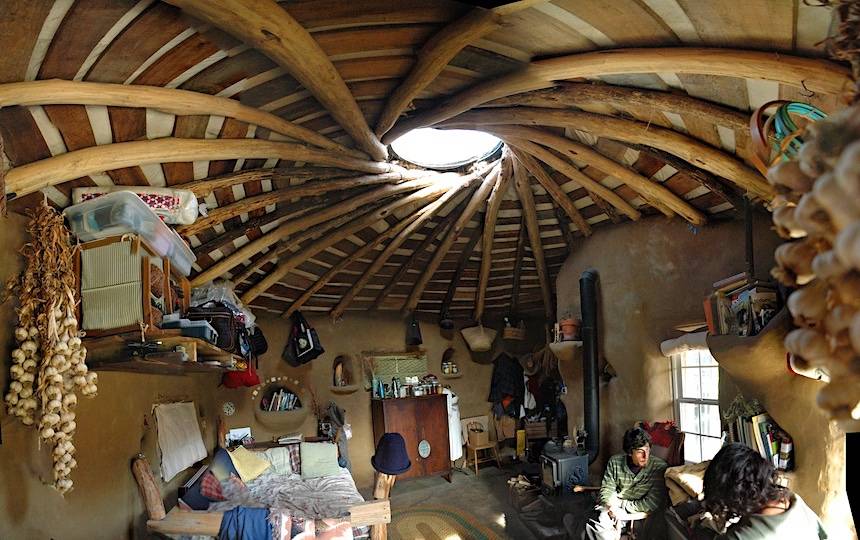
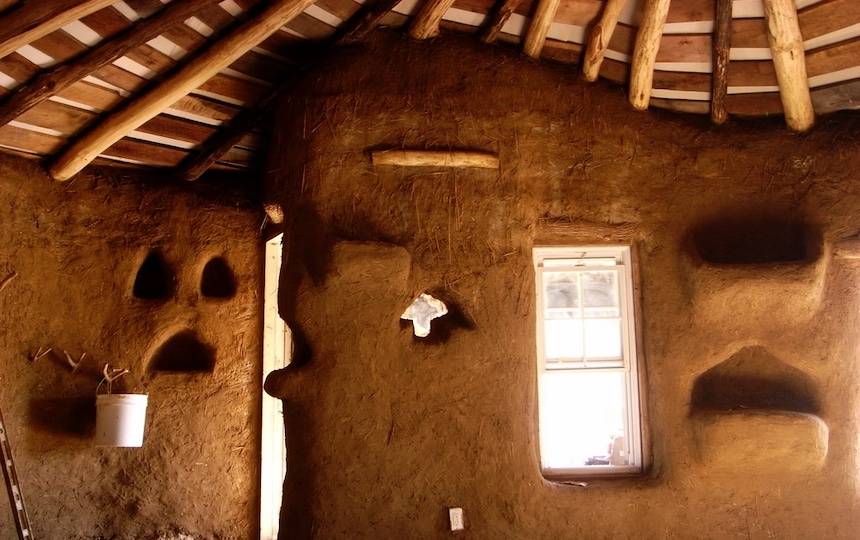
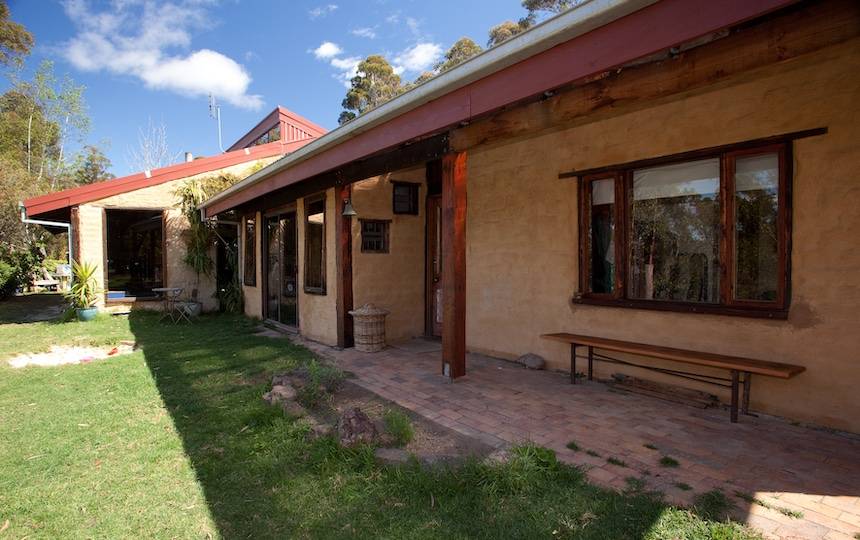
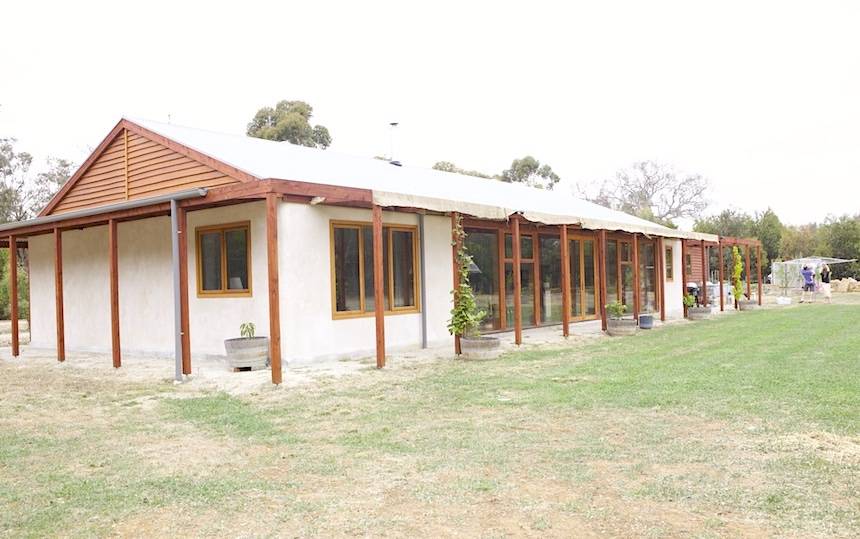
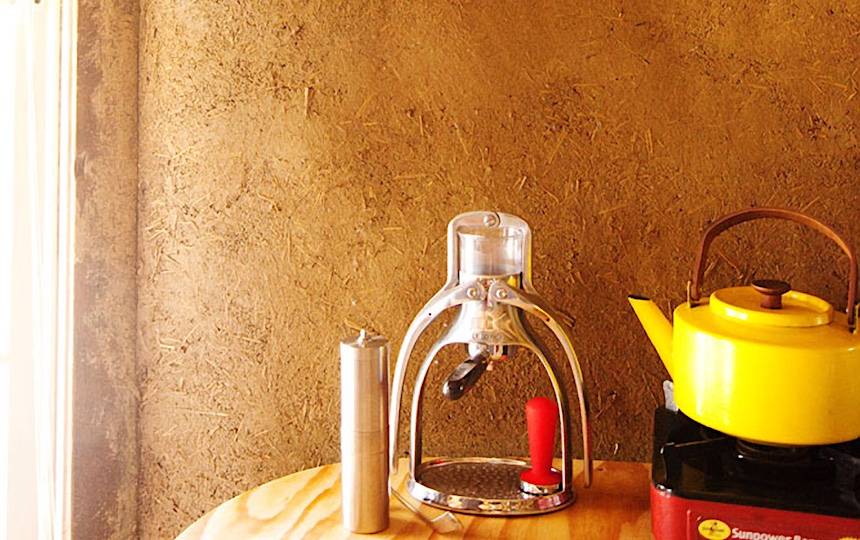
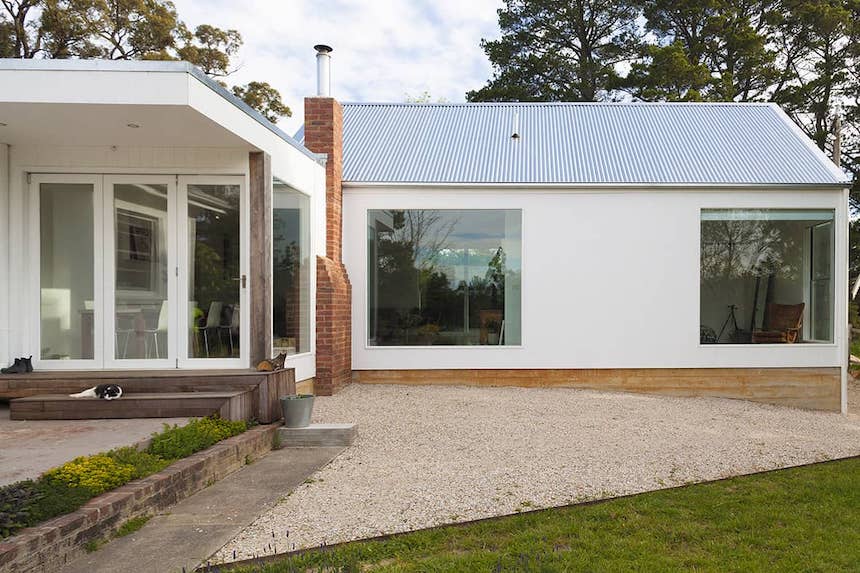

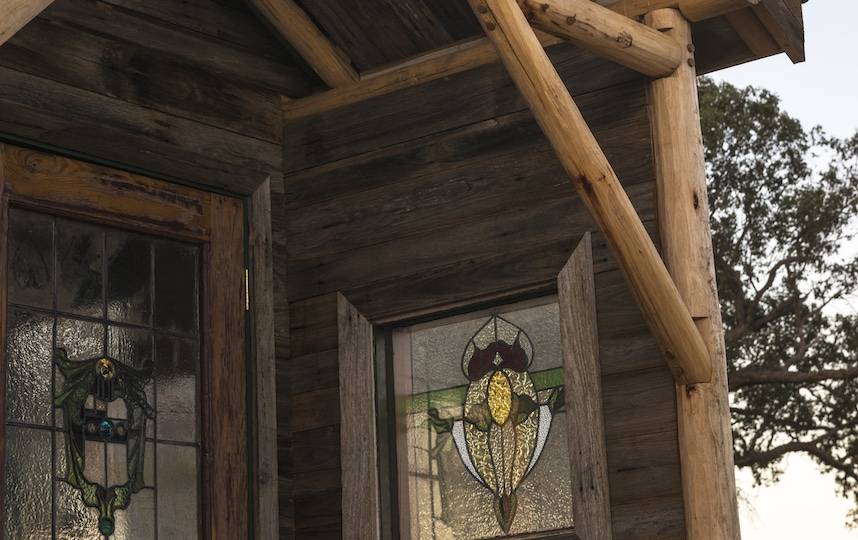
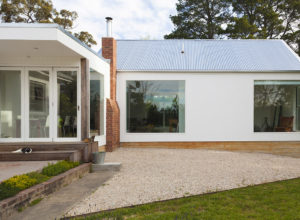
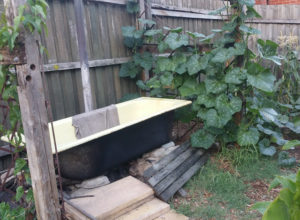
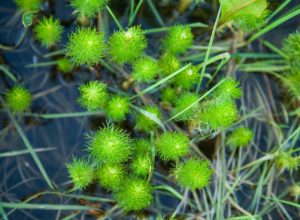
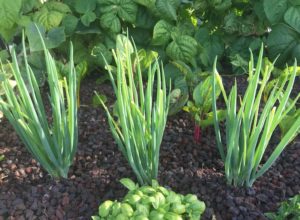




I just love my PIP subscription!!! When it arrives… I hide away with a cup of tea… after being engrossed in the contents.. I launch out into the garden fuelled with inspiration and start creating a new patch! Thank you for keeping me going when my motivation runs dry ♀️
Hey Nikki, That is so lovely to hear. It’s so nice to think of you bounding into the garden full of inspiration from Pip. Happy reading and gardening. Robyn